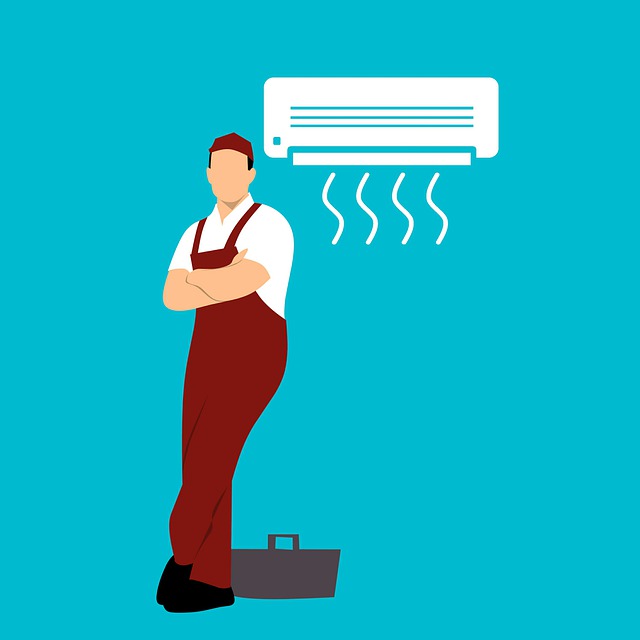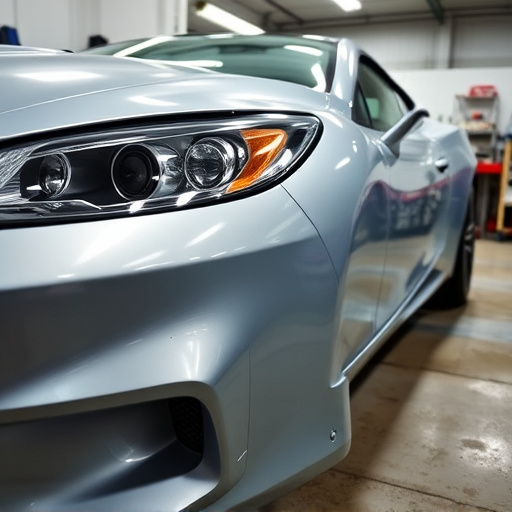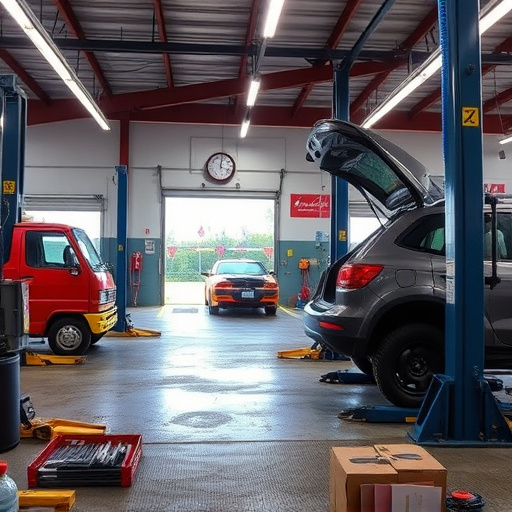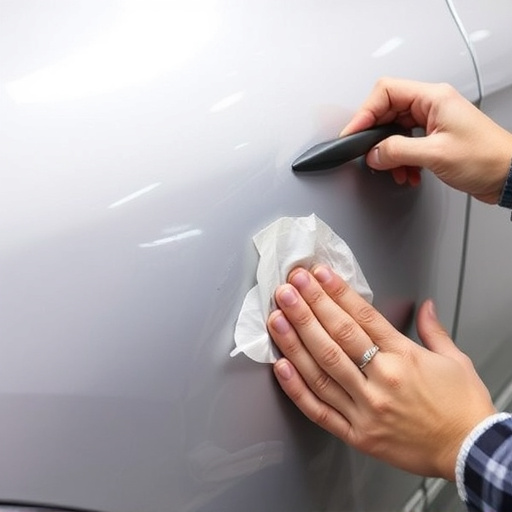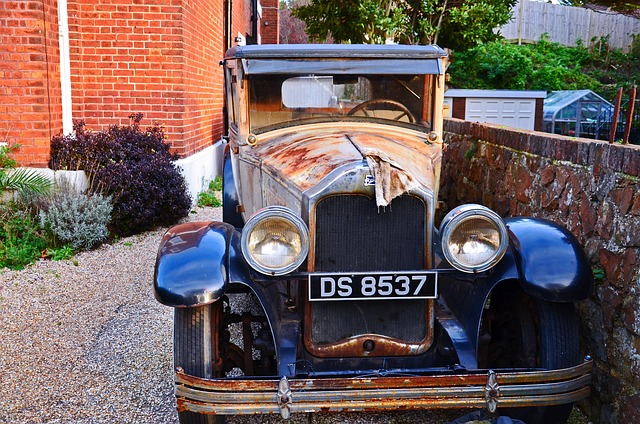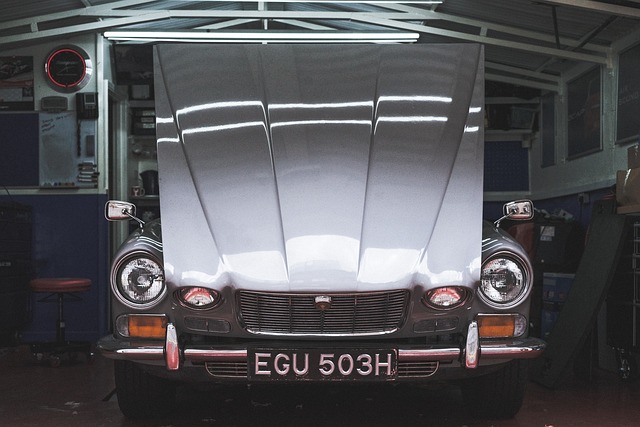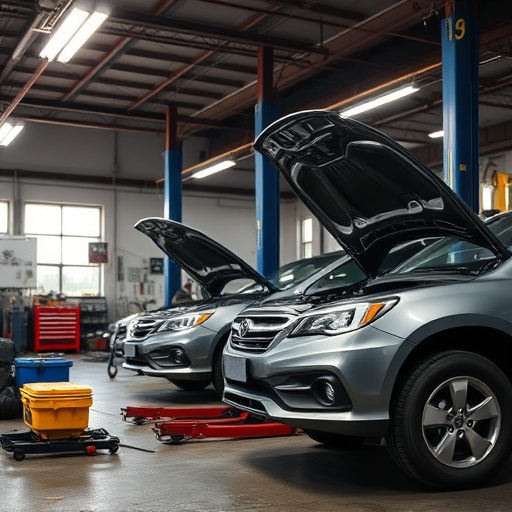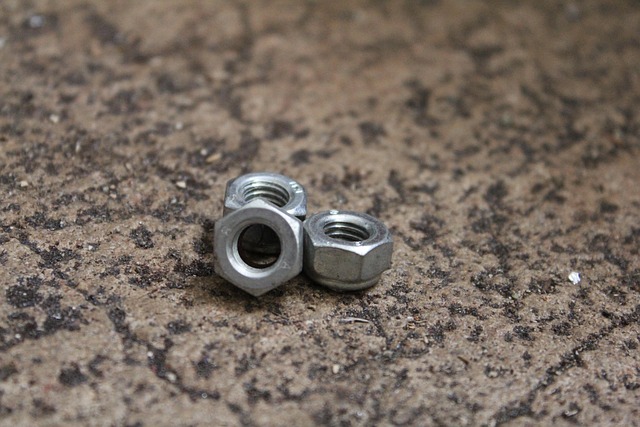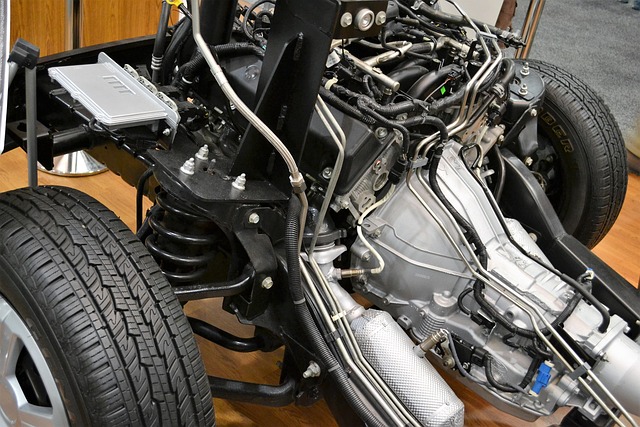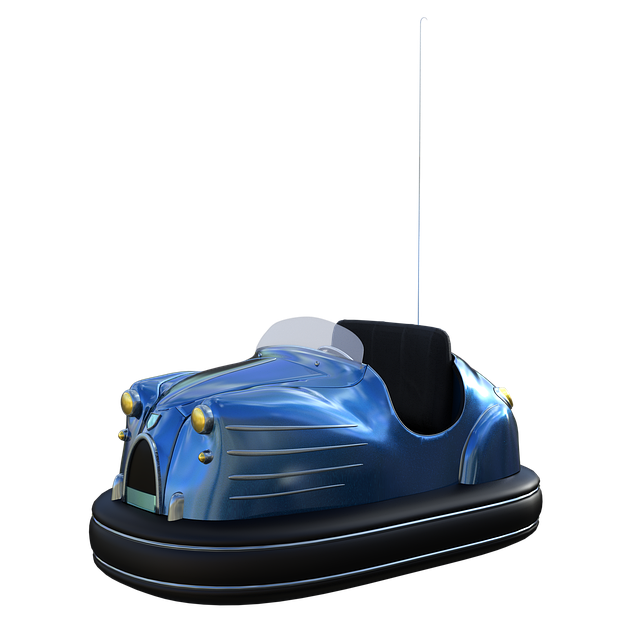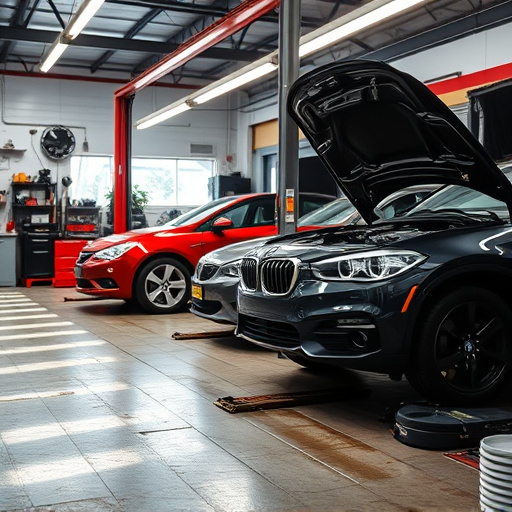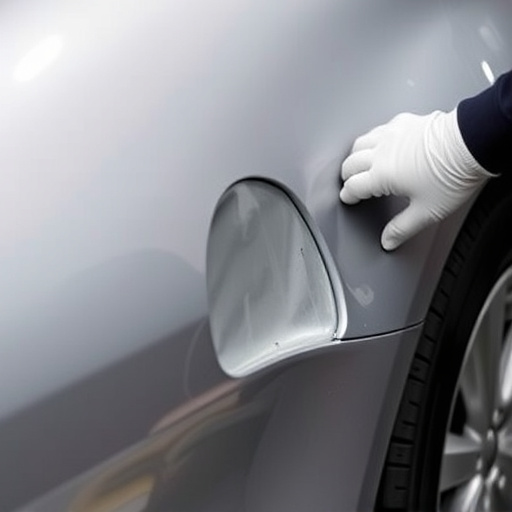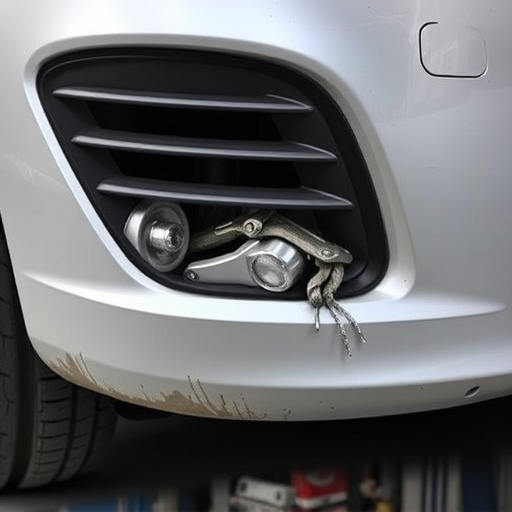RV body damage from off-road use, tight spaces, weather, and water can cause dents, rust, mold, and structural issues. Proper repair with specialized tools, materials, and expert car paint services is vital for maintaining RV integrity and value. This guide offers a systematic approach to RV body repair, emphasizing safety, tools, techniques, and the importance of a well-stocked inventory.
The vast and diverse nature of Recreational Vehicle (RV) bodies presents unique challenges during repairs. This article guides you through the essential aspects of successful RV body repair, from identifying common damage types and their causes to sourcing the right tools and materials. We provide a comprehensive step-by-step guide, complete with effective restoration techniques, ensuring your RV looks as good as new. By following these insights, you’ll master the art of RV body repair, enhancing both its aesthetics and value.
- Understanding RV Body Damage: Common Issues and Causes
- Essential Tools and Materials for Accurate Repairs
- Step-by-Step Guide: Effective Techniques for Restoration
Understanding RV Body Damage: Common Issues and Causes
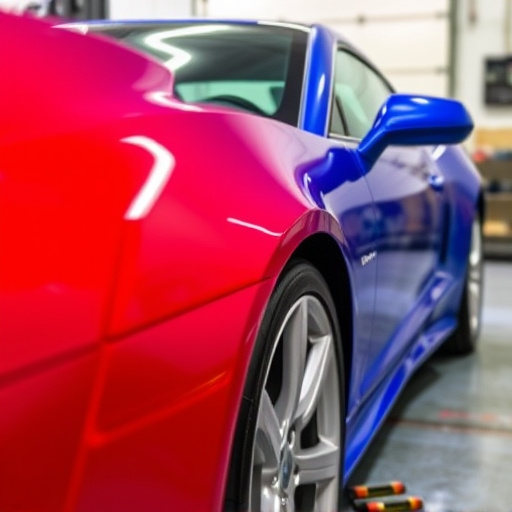
RV body damage can stem from various sources, often unique to the recreational vehicle’s diverse use and environment. Common issues include dents, dings, and scratches resulting from off-road adventures or navigating narrow campgrounds. Over time, exposure to extreme weather conditions like sun, rain, snow, and ice can lead to rust and corrosion, particularly in older RVs.
Another prevalent concern is water intrusion, which can cause significant damage internally, especially if not addressed promptly. Issues may arise from faulty seals, open vents, or improper storage practices, leading to mold growth and structural compromise. Proper maintenance and timely repairs are crucial to preserving the integrity and value of an RV. Skilled technicians can offer expert car paint services and vehicle paint repair solutions for both aesthetic restoration and structural stability.
Essential Tools and Materials for Accurate Repairs
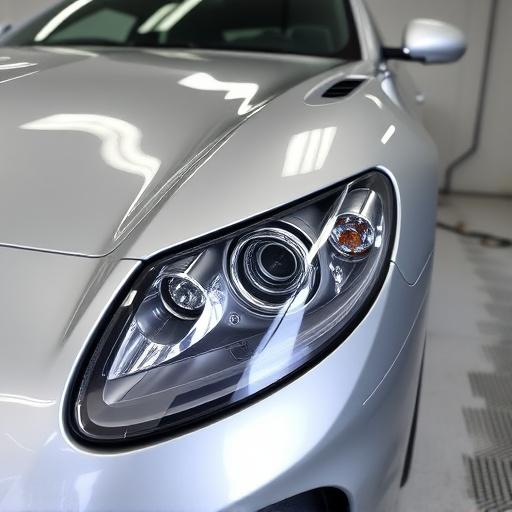
When it comes to RV body repair, having the right tools and materials is paramount to achieving accurate, high-quality results. Essential items include specialized rivet guns, spot welders, and a variety of patches designed for the unique materials used in RV construction. These tools ensure precise and secure repairs, mimicking the original craftsmanship.
Additionally, a well-stocked inventory of car body shop supplies is crucial. This includes high-quality fender repair kits, car paint repair products, and specialized adhesives tailored to adhere to the specific coatings found on RVs. With these materials at hand, professionals can efficiently navigate the intricate repairs required for this unique vehicle type, ensuring a seamless restoration process.
Step-by-Step Guide: Effective Techniques for Restoration
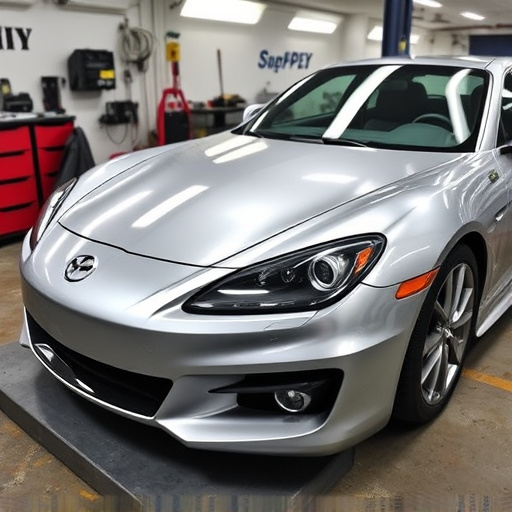
Restoring a Recreational Vehicle (RV) to its original glory involves a meticulous process that requires skill and precision. Here’s a step-by-step guide outlining effective techniques for RV body repair, ensuring your vehicle is as good as new. Begin by thoroughly inspecting the damaged area, identifying the extent of the repair needed. Next, prepare the surface by removing any debris or loose parts, using specialized tools to ensure a clean and safe workspace.
For minor dents and scratches, use a professional-grade dent puller to gently remove imperfections, followed by fine-grit sandpaper for a smooth finish. For more significant damage, consider auto painting techniques specific to RVs. This involves applying primer, then multiple coats of paint tailored to match the vehicle’s original color. Alternatively, for smaller repairs, automotive repair services often recommend using touch-up kits designed for quick and effective solutions. Always follow safety protocols, including wearing protective gear, throughout the restoration process.
In light of the above, the journey towards mastering RV body repair is a combination of understanding common issues, equipping yourself with the right tools, and employing effective restoration techniques. By adhering to these steps, you’ll be well-prepared to tackle various types of RV body damage, ensuring your vehicle remains in top condition for many miles to come. Remember that continuous learning and staying updated on repair methods are key aspects of successful RV body repair, making it a rewarding endeavor for both professionals and enthusiasts alike.


